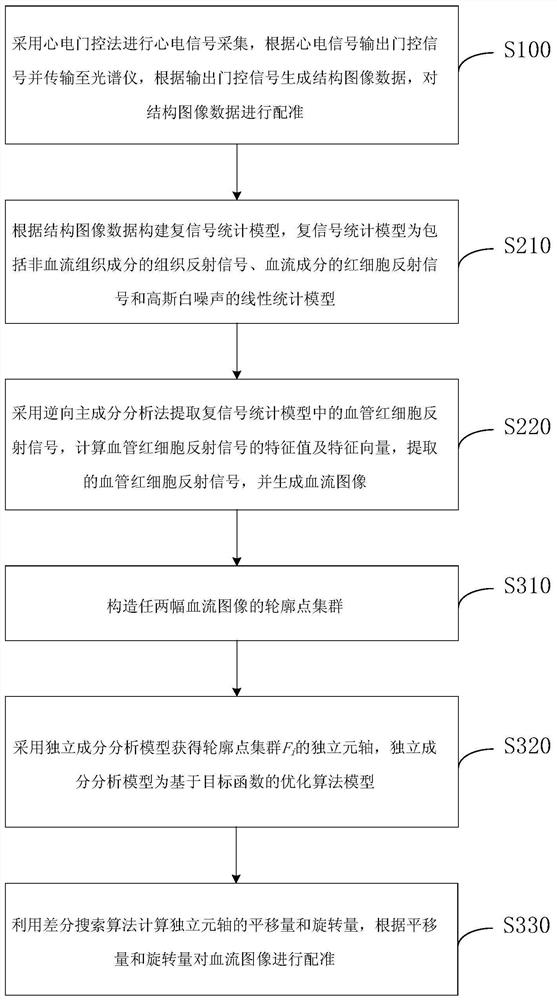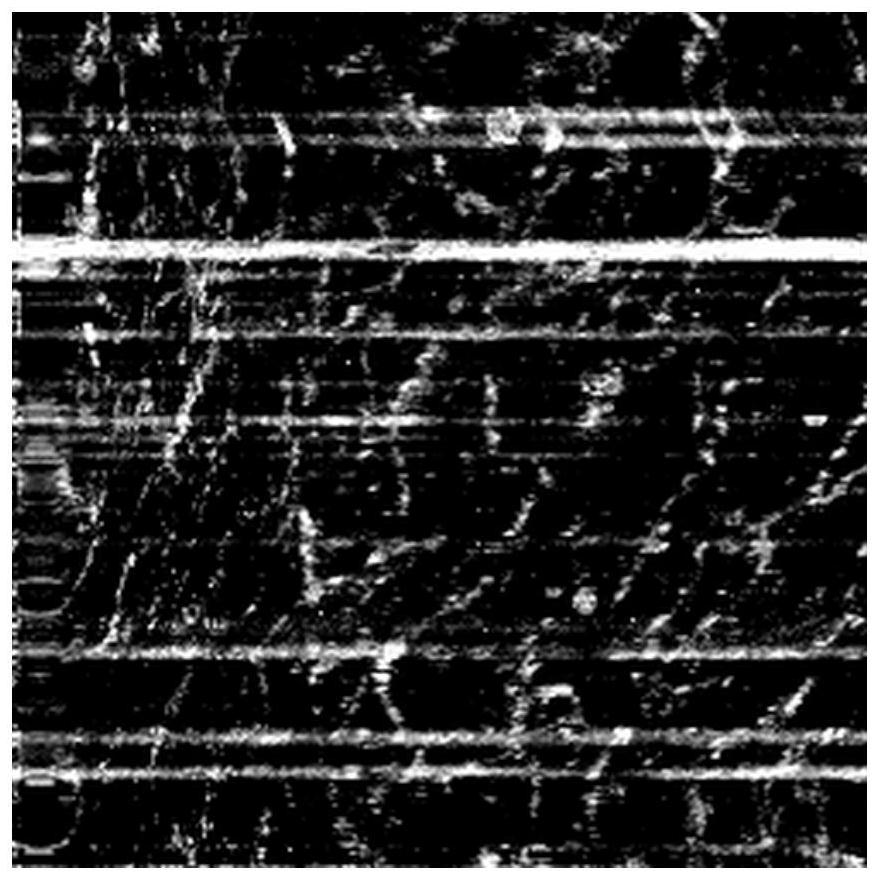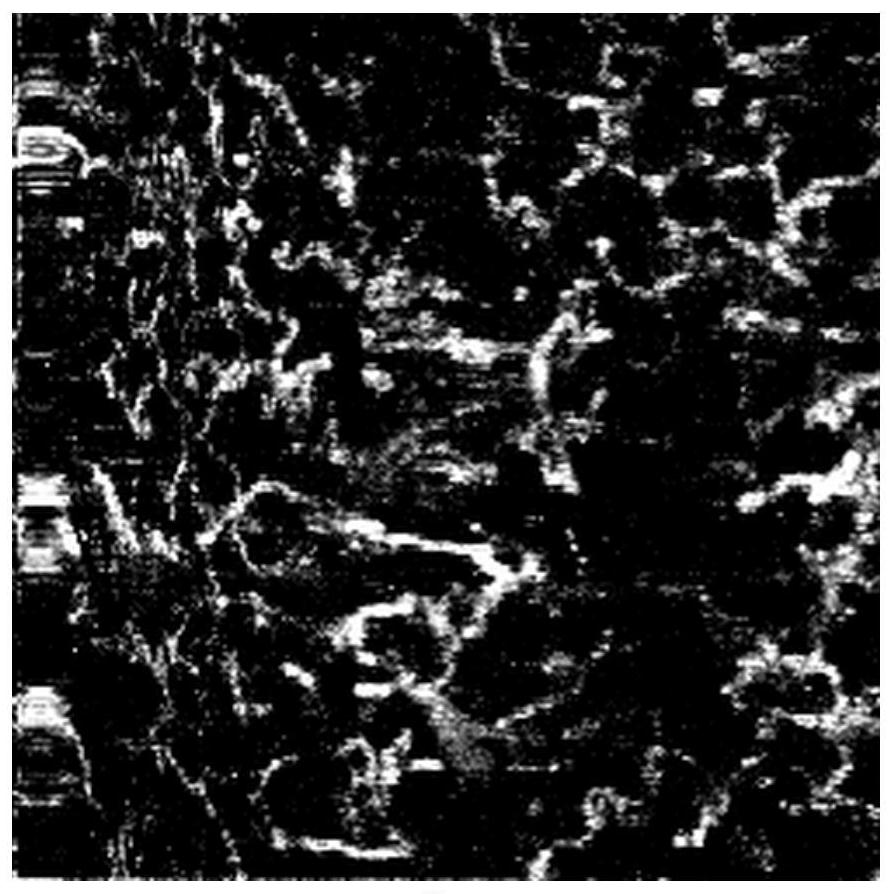A 3D Vascular Imaging Algorithm Based on Inverse Principal Component Analysis
A principal component analysis method and algorithm technology, applied in catheter, cardiac catheterization, medical science and other directions, can solve the problems of low blood vessel imaging quality and noise, improve the signal-to-noise ratio, improve the imaging image quality, and realize the three-dimensional angiography. Effect
- Summary
- Abstract
- Description
- Claims
- Application Information
AI Technical Summary
Problems solved by technology
Method used
Image
Examples
Embodiment Construction
[0031] In order to make the purpose, technical solutions and advantages of the embodiments of the present invention clearer, the technical solutions of the present invention will be clearly and completely described below in conjunction with the accompanying drawings. Obviously, the described embodiments are part of the embodiments of the present invention, not all of them. the embodiment. Based on the embodiments of the present invention, all other embodiments obtained by persons of ordinary skill in the art without making creative efforts belong to the protection scope of the present invention.
[0032] At present, in the in vivo imaging process of the OCTA system, due to the inevitable biological jitter such as heartbeat and respiration, the imaging signal-to-noise ratio is reduced and the image quality is damaged; The correlative noise of the OCTA image leads to the degradation of image quality; in the process of OCTA image reconstruction, the position shift of two adjacent...
PUM
 Login to View More
Login to View More Abstract
Description
Claims
Application Information
 Login to View More
Login to View More - R&D
- Intellectual Property
- Life Sciences
- Materials
- Tech Scout
- Unparalleled Data Quality
- Higher Quality Content
- 60% Fewer Hallucinations
Browse by: Latest US Patents, China's latest patents, Technical Efficacy Thesaurus, Application Domain, Technology Topic, Popular Technical Reports.
© 2025 PatSnap. All rights reserved.Legal|Privacy policy|Modern Slavery Act Transparency Statement|Sitemap|About US| Contact US: help@patsnap.com



